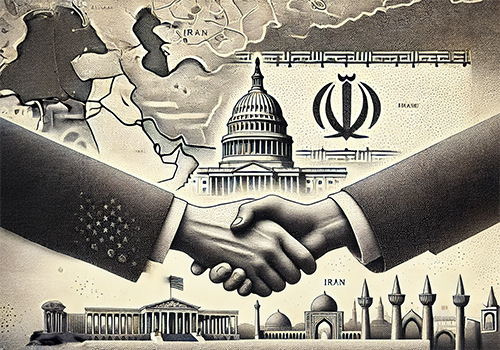Iran and the United States share a turbulent history of tensions, marked by political grievances and strategic power plays. In October, Iran reportedly sent a message to the Biden administration through an intermediary, stating it was not actively pursuing former President Donald Trump, despite threats of retaliation for the killing of General Qassim Suleimani in 2020. This revelation offers critical insights into Iran’s diplomatic strategy and the challenges of managing U.S.-Iran relations in a volatile geopolitical landscape.
Understanding Iran’s De-Escalatory Message
The Context of Retaliation
In January 2020, a U.S. drone strike killed Maj. Gen. Qassim Suleimani, a key figure in Iran’s regional strategy. His death escalated tensions, with Iran vowing revenge. U.S. officials have since accused Iran of plotting against Trump, leading to indictments by the Department of Justice. Despite this, Iran’s October message suggests a shift, aiming to de-escalate rather than provoke.
A Pragmatic Diplomatic Move
By signaling that it was not actively targeting Trump, Iran appears to be taking a pragmatic approach. The timing suggests that Tehran recognizes the risks of a direct confrontation with the U.S., particularly with shifting power dynamics in Washington. This calculated step reflects Iran’s dual strategy: maintaining a tough posture while preserving opportunities for engagement.
The U.S. Response: A Balance of Deterrence and Dialogue
The Biden administration’s strong warning in September—that any attack on Trump would be considered an “act of war”—underscores the U.S. commitment to deterring aggression. At the same time, Washington’s response to Iran’s message shows a willingness to manage tensions through indirect communication.
Trump’s Election Victory Resets the Calculus
With Trump’s victory in the November election, Tehran faces a renewed challenge. Trump’s allies have signaled intentions to resume a maximum pressure campaign against Iran. Despite this, some Iranian pundits and former officials advocate for engaging with Trump’s administration, showing internal divisions over the best path forward.
Broader Geopolitical Implications
- Regional Instability: Any escalation in U.S.-Iran tensions could impact allies like Israel and Saudi Arabia.
- Diplomatic Challenges: Threats against high-profile U.S. figures complicate efforts to build trust.
- Global Security Risks: Iran’s actions and the U.S. response set the tone for broader geopolitical dynamics.
What’s Next for U.S.-Iran Relations?
Both the Biden administration and Trump’s potential return to power face tough decisions on how to manage Tehran:
- For Biden: The focus remains on balancing deterrence with maintaining avenues for negotiation.
- For Trump: A likely increase in sanctions and pressure could further strain diplomatic possibilities.
The enduring mistrust between the two nations complicates efforts to find common ground, but moments like Iran’s conciliatory message highlight potential opportunities for diplomacy—if both sides can seize them.
Conclusion: A Critical Juncture in U.S.-Iran Relations
The recent developments reflect the fragility of U.S.-Iran relations. While Iran’s message to Washington signals a potential willingness to de-escalate, unresolved grievances and domestic pressures continue to shape each side’s strategy. How the U.S. and Iran navigate these challenges will have lasting implications for regional stability, global security, and the future of international diplomacy.
What are your thoughts on this development? Join the conversation in the comments below!







